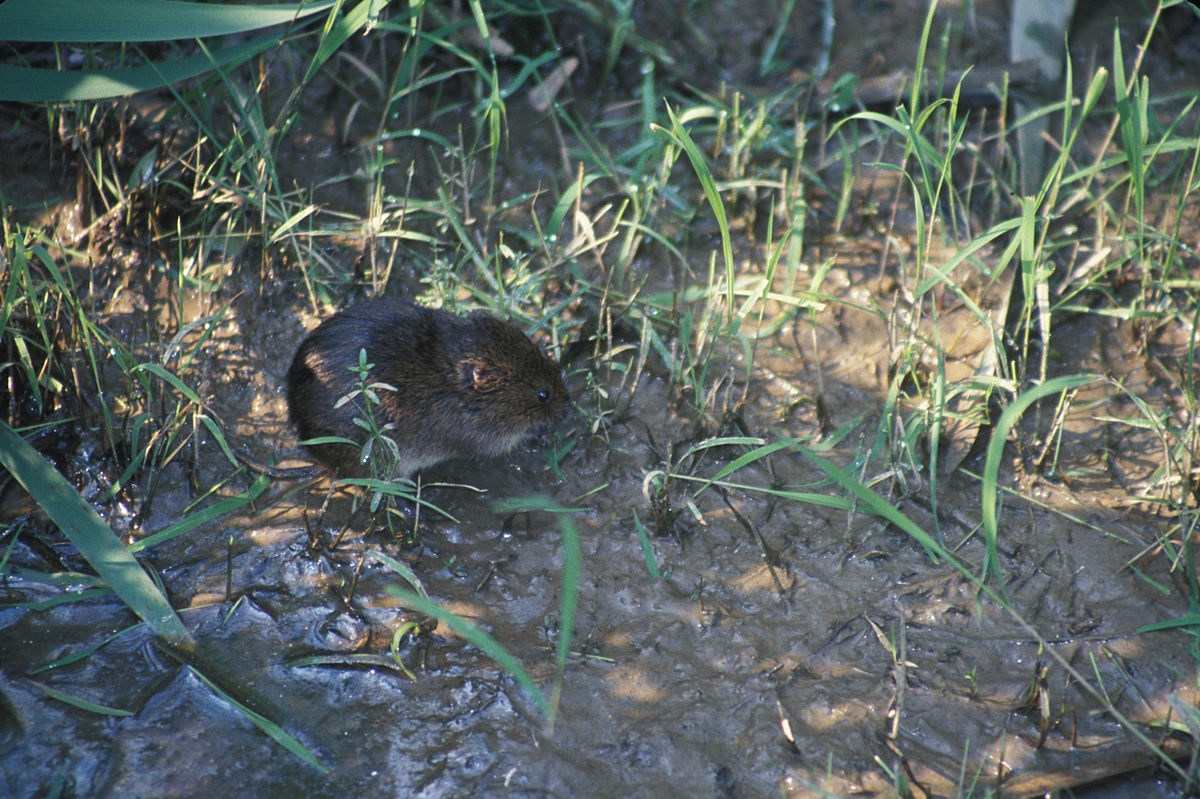Comprehensive Overview to Effective Vole Insect Control: Problem Recognition and Therapy Methods
In the realm of reliable insect control, vole problems present an one-of-a-kind obstacle that requires a calculated method. By exploring the subtleties of vole habits, understanding crucial indications of invasion, and evaluating a variety of control options, one can establish a detailed approach to deal with these evasive pests.
Recognizing Vole Habits
Vole behavior is identified by their delving habits and fast recreation rates, making them a difficult bug to regulate effectively. Their fast reproductive price further complicates control initiatives, with females qualified of producing multiple trashes in a single year, each including a number of children.
Understanding vole habits is important for effective pest control methods. By identifying their burrow locations, checking feeding locations, and executing targeted control methods, such as trapping or environment alteration, vole infestations can be handled successfully.
Indicators of Vole Infestation

Prevention Strategies
Carrying out effective prevention strategies is essential in reducing vole infestations and securing vegetation from their harmful feeding behaviors. To protect against vole problems, it is important to start by getting rid of potential food resources and shelter.
Consistently inspecting the home for indications of vole activity, such as runways and tunnel openings, is essential for early detection and prompt activity. If vole task is presumed, think about utilizing repellents or catches purposefully positioned near their paths.
Non-Lethal Control Methods
To efficiently handle vole populaces while focusing on humane approaches, non-lethal control strategies supply useful solutions for reducing vole damage in gardens and landscapes. These obstacles can be hidden at least 12 inches curved and deep at a 90-degree angle to prevent voles from delving underneath.
.2403200956550.jpg)
Lethal Control Options
One efficient method for addressing vole problems in gardens and landscapes entails the strategic usage of dangerous control Recommended Reading alternatives. When confronted with an extreme vole problem that non-lethal approaches have stopped working to include, applying deadly control steps becomes essential. One generally utilized lethal control choice is the use of breeze traps. These traps are made to swiftly and humanely kill voles upon activation, making them a prominent option for many gardeners and landscaping companies. To enhance navigate to these guys the effectiveness of breeze traps, it is suggested to place them in areas where vole activity is high, such as along runways or near burrow entrances. Another lethal control choice is the usage of toxic lures especially created to target voles. These baits contain poisonous substance that is consumed by the voles, causing their eventual demise. Nevertheless, caution should be worked out when using hazardous baits to avoid harm to non-target animals or pet dogs. Overall, when using deadly control options, it is necessary to do so properly and according to local laws to efficiently handle vole problems.
Conclusion
In verdict, effective vole parasite control requires a comprehensive understanding of vole habits, recognition of signs of infestation, execution of prevention strategies, and application of both non-lethal and lethal control approaches. By integrating these approaches, individuals can effectively manage vole populaces and protect their residential property from damage. It is very important to attend to vole problems immediately to protect against additional issues and decrease the effect on the surrounding environment.
Provided the complex tunnel systems and quick more reproduction prices particular of voles, identifying the signs of vole problem becomes necessary in effective pest control. One of the main indications of vole existence is the visibility of surface area paths or tracks in lawn or snow, generally concerning 1-2 inches vast, created as voles travel in between their burrows and food resources.To efficiently handle vole populaces while focusing on gentle approaches, non-lethal control strategies provide functional options for lowering vole damages in landscapes and yards.One reliable approach for addressing vole infestations in landscapes and gardens involves the strategic use of lethal control options. vole control utah.In conclusion, effective vole pest control calls for a detailed understanding of vole actions, identification of signs of problem, application of prevention methods, and use of both deadly and non-lethal control techniques